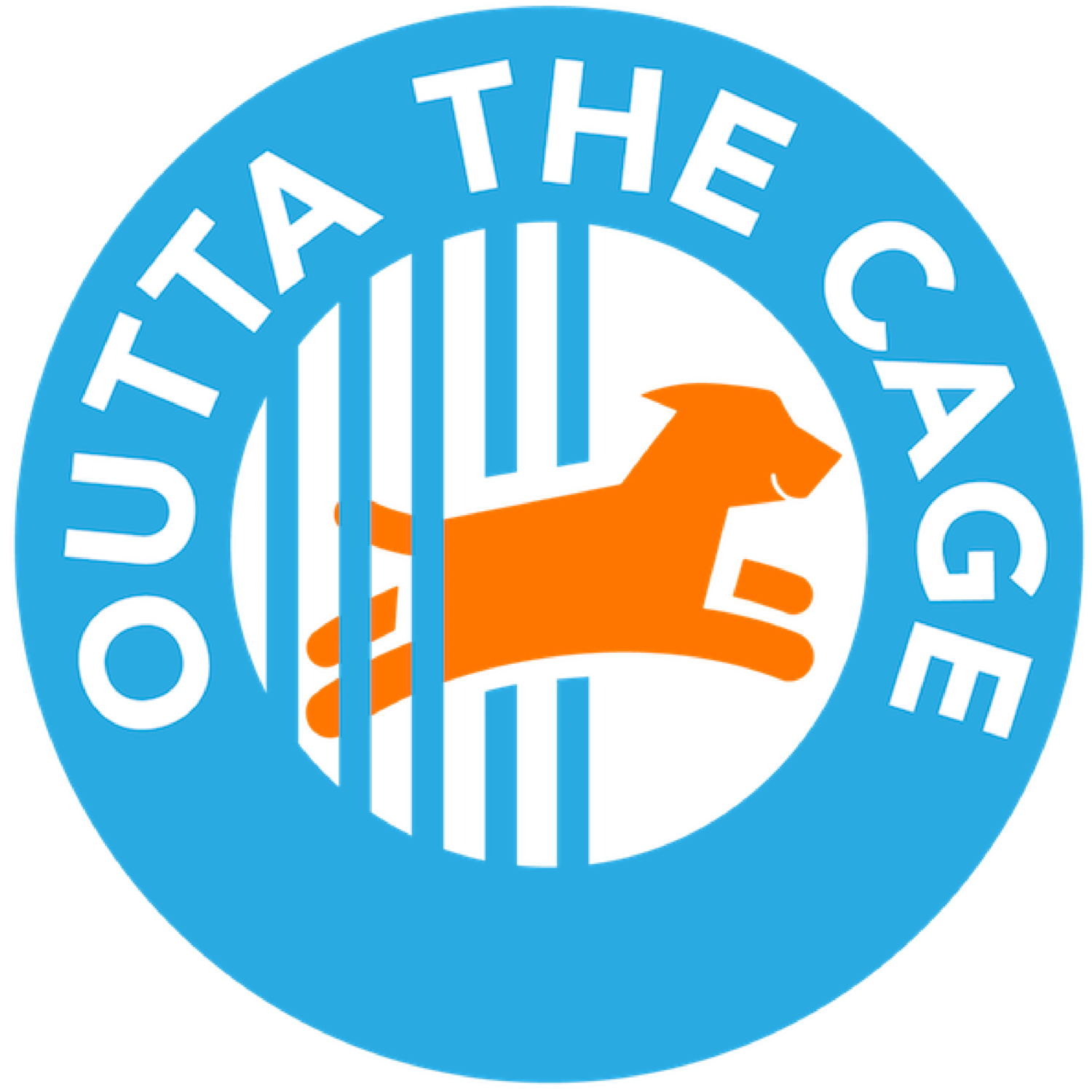Why it's so doggone hard to know a dog's story
In which Jill makes the case that data can help save pets’ lives.
Two years ago, Frosty—a bulldog mix—was found tied to a sign on the freeway. Several concerned commuters alerted Animal Control, and an hour later, two officers untied Frosty, coaxed him into a crate, loaded him onto their truck and drove him to the shelter.
We hadn’t a clue about Frosty’s background. We guessed that he was around 10 years old. We suspected he’d never seen a veterinarian. Soon enough, we learned that he had an ear infection, a perineal hernia, spondylosis, an enlarged prostate, dental disease, and arthritis in both front elbows.
After we adopted him, I was tempted to rename him “Lucky.”
Frosty didn’t have a microchip, suggesting he might have spent life as a street dog. But on his first night home with us, we watched as he casually used the doggy door to go outside, an indication he’d been house-trained. How did a filthy, arthritic stray dog know how to use a doggy door? Maybe at some point he’d had a family?
A microchip could have indicated where he came from, allowing us to research not only his chronic conditions, but his personality, his behaviors, and past living conditions. It took thousands of dollars and countless hours to figure Frosty out—money that could have been spent helping other shelter dogs.
A microchip cannot convey a dog’s full history—his journey. Suppose we could combine chip data (which would uniquely identify an animal), with data from shelters, veterinarians, pet insurance companies, pathology labs, board-and-train facilities, and even pet sitters and groomers into a single, authoritative record about a companion animal? Having comprehensive and historical data could:
trace prior ownership and living arrangements, easing integration into a new home;
provide valuable information on behaviors, including interactions with other animals;
expose veterinary care history, including vaccination records, prescribed medications, surgeries, and other treatments;
reveal other impound dates and locations, potentially helping owners find their lost pets;
show bite history or other potentially dangerous traits that could inform training, housing, or long-term care plans;
track changes across lab results or radiographs, indicating disease propensity or injuries; and
allow owners of companion animals to access rich data about their pets, enabling them to be proactive about health concerns, appointments, and follow-up care.
The problem isn’t that this data doesn’t exist. Indeed, many shelter and veterinary practice management software systems include this type of information. The problem is that they don’t share that data with one another, rendering each software solution a silo unto itself and thus potentially omitting critical details about an animal and its history.
There are different technological ways to solve this problem. One is connecting these solutions via so-called “middleware,” allowing applications to navigate to the best system for the right data. So-called data virtualization can make data navigation transparent, thus rendering the data widely-accessible. Alternatively, data can be gathered and loaded into a database, thus providing a “single version of truth”—a term popular a decade ago in technology circles—about an individual animal. Yet another way is to use the microchip number as the unique identifier to a “matching algorithm” that could individually identify an animal, appending additional attributes to its record from a range of connected data sources. A new crop of data unification technologies that combine human knowledge and existing data with machine learning can help curate, integrate, and standardize the data. And each of these solutions can be automated in the cloud, reducing barriers to entry and adoption.
Irrespective of the approach, sharing data between and across systems takes time and money. The challenge of interoperability is in convincing existing software vendors in the veterinary, shelter management, and pharmaceutical industries to share their data, or open their systems to access by heterogeneous software packages. Absent such collaboration, or an innovative alternative, we could be missing vital information about our pets.
Happily, we now know enough about Frosty to understand what he needs to live a happy life. We know that he has a slight chicken allergy, does well on Meloxicam and CBD oil, and loves laying on the grass in the shade. But we’ll never know whether he’d lived in a home, if he ever had a family, or who tied him to that sign on the freeway. And Frosty’s just fine with that.
UPDATE: Frosty crossed the rainbow bridge in April 2019. He loved life and was loved by all. We miss you, Frosty!

